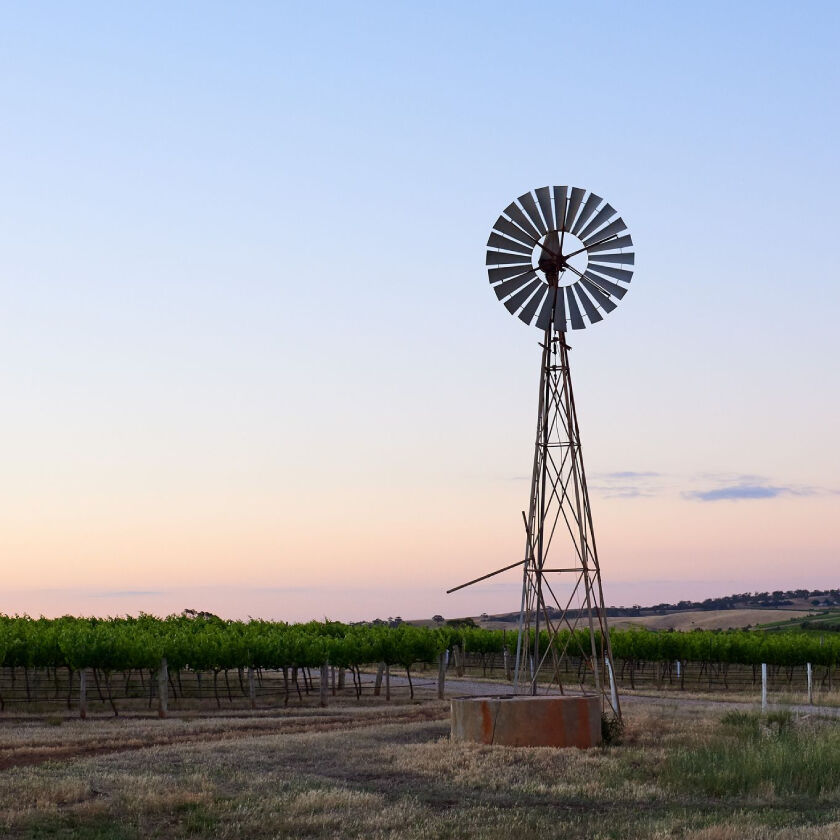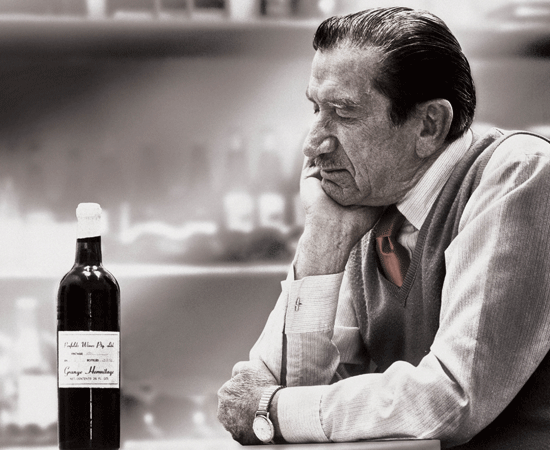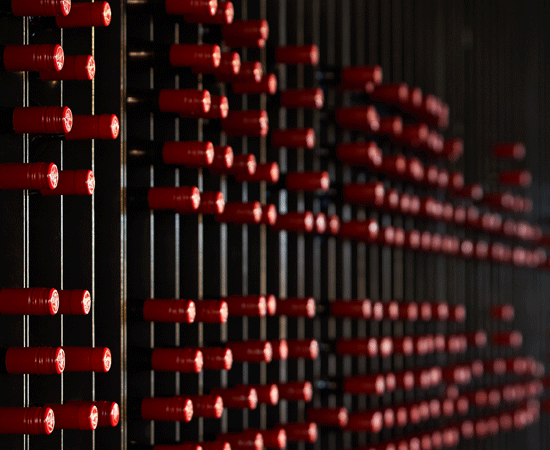一起开启您的传奇吧。

The Penfolds and Barossa story
Penfolds first entered the Barossa more than a century ago and has since forged an intrinsic and enduring bond with the South Australian winemaking region. Settled in the early 1840s, it is home to some of our most celebrated vineyards and features in many of our most revered wines.
The Barossa is comprised of two adjacent sub-regions - the cool and elevated Eden Valley and the warm Barossa Valley. Eden Valley notably contributes elegant and perfumed fruit to Bin 51 Riesling and St Henri Shiraz. Barossa Valley is home to the esteemed Kalimna, Koonunga Hill and Marananga vineyards, which produce fruit for a number of our iconic red wines, including Grange, Bin 389 Cabernet Shiraz and Bin 28 Shiraz.
Growing demand
As demand grew for Penfolds wines through the late 19th century, winemakers began to seek out quality fruit beyond the immediate proximity of the Magill Estate winery. Grapes were known to grow particularly well in Barossa and were well suited to Penfolds fortified wine style of the time.
By the early 20th century, it was evident that a larger winery was required by Penfolds to meet demand, and given its significant role in fruit supply, the Barossa was the obvious destination. In 1911, a state-of-the-art winery was constructed at Nuriootpa and by 1920, the majority of production was taking place in the Barossa. By this time, Penfolds accounted for half of all wine sales in Australia.

Cementing the connection
The Barossa continued to prove itself as a reliable and high quality wine region, providing fruit with a rich character and generous mid-palate – hallmarks of Penfolds House Style.
In 1945, Penfolds purchased the Kalimna Vineyard, which was the largest vineyard in South Australia at the time. It was also home to Block 42 - a special site planted in 1888, understood to be the oldest vineyard in the world to continuously produce cabernet sauvignon.
Max Schubert further cemented the connection between Penfolds and the Barossa during his time as the first Penfolds Chief Winemaker. He experimented extensively with fruit from the region during what is now dubbed the ‘Grange trials’, where he set out to craft a dry red wine that could rival the world’s finest.
Barossa wine
While the Barossa features in many Penfolds wines from Koonunga Hill through to Grange, there are a number of wines crafted by the winemaking team which especially capture the distinctive characters found across the region.
RWT Bin 798 sits as an admirable alternative to the multi-regional and American oak matured Grange. It is 100% shiraz sourced exclusively from the Barossa Valley and matured in French oak, resulting in a vibrant, opulent and fleshy expression.
Bin 150 comprises exceptional shiraz fruit from the ancient and rich red soils of Marananga, where warm dry conditions are prominent.
Bin 51 heralds exclusively from the undulating hills of Eden Valley. The sub-region’s high altitude and cool climate produce riesling with great finesse, elegance and a capacity for long-term cellaring.
A dynamic future
The distinct micro-climates of the Barossa offer further opportunity to explore a range of varietal and stylistic expressions. We see this currently in the Rhone Valley-inspired Bin 138 Grenache Shiraz Mataro, as well as the experimental Cellar Reserve releases, including Durif and Viognier.
As we expand our winemaking and fruit sourcing beyond Australian borders, the Barossa will remain inherently important to Penfolds. Our history and connection with the region ensure we continue to represent the Barossa as one of the world's premier wine regions.




